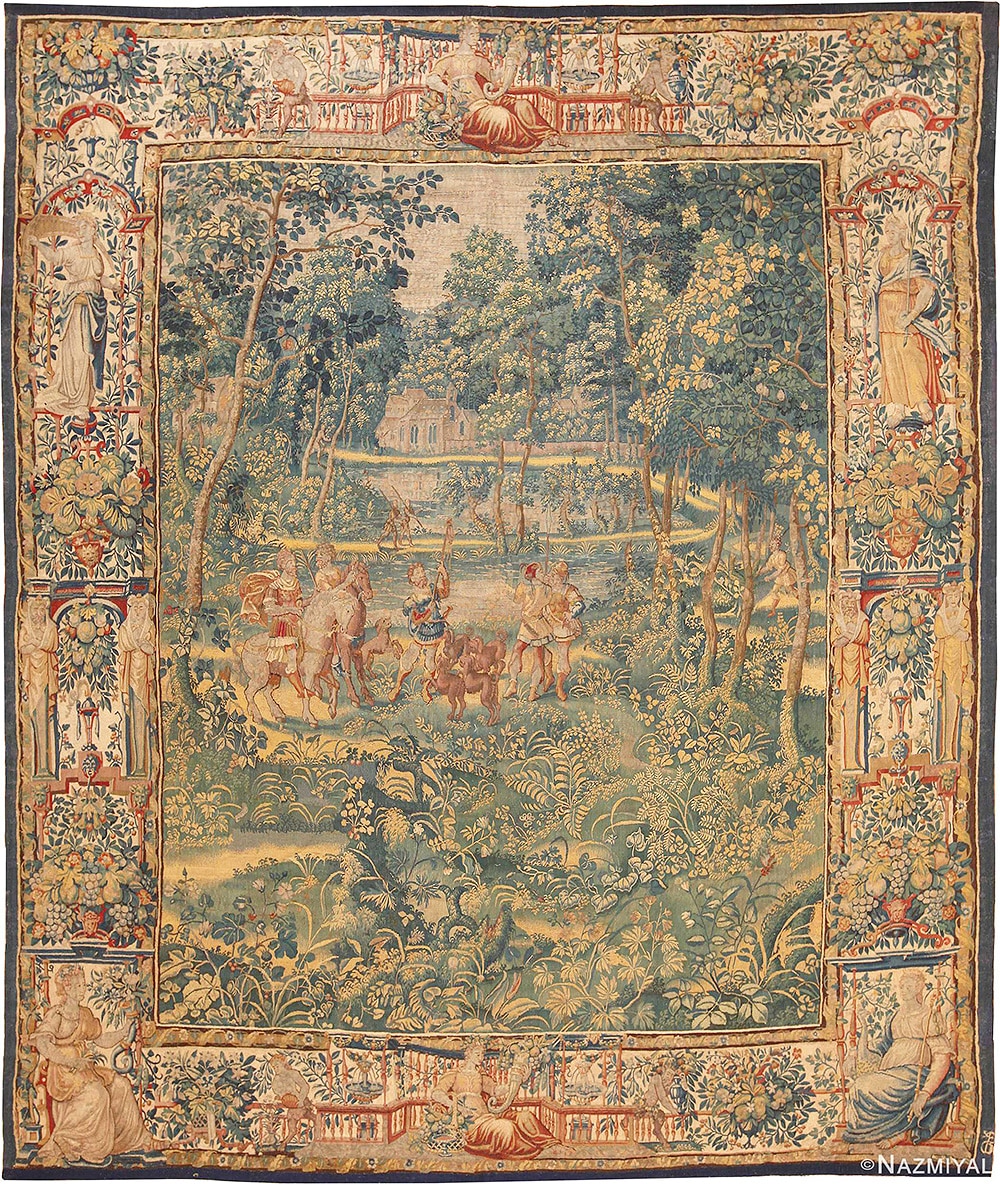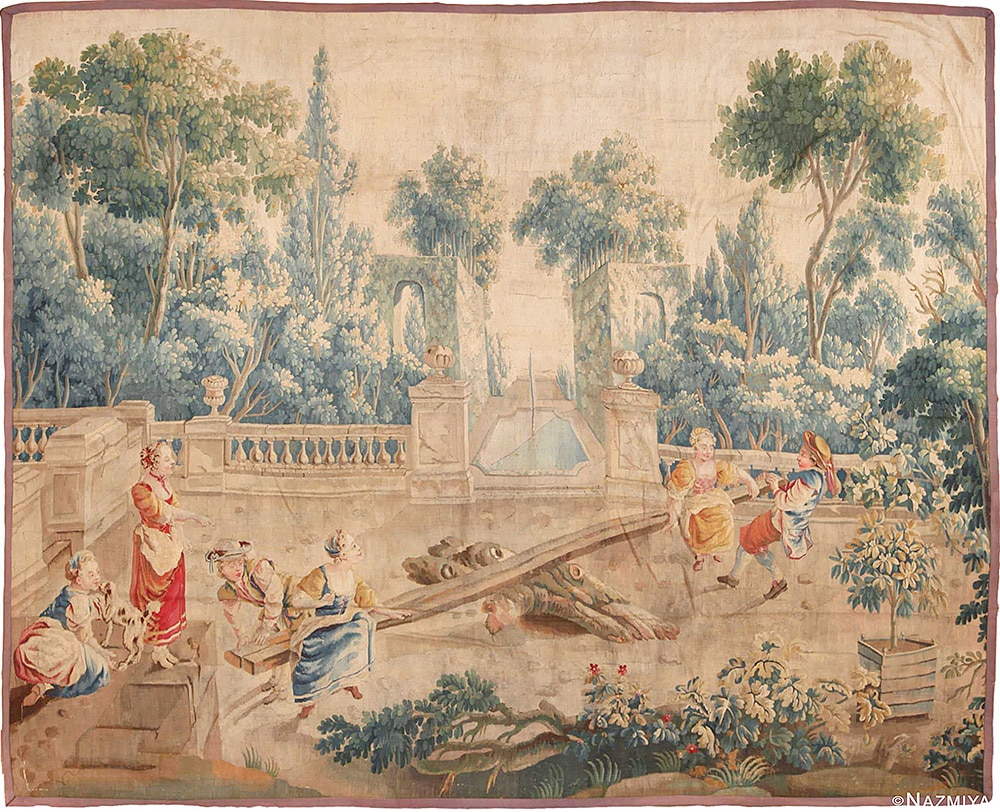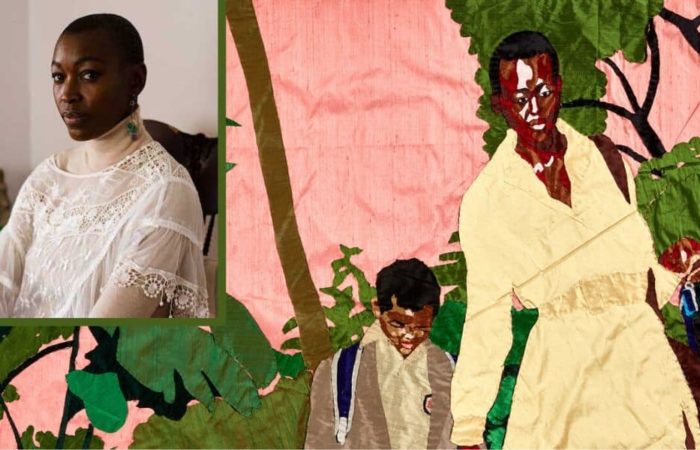The Gobelin Tapestry
A tapestry is a piece of decorative heavy woven fabric that is used to adorn walls, furniture and floors. Using a more narrow definition, the term “tapestry” often refers to handwoven textiles that are used as wall decorations.
A Gobelin tapestry is a symbol of the very best that French decorative art has to offer. Made at the Manufacture des Gobelins in France, the tapestry is named after a family of cloth makers and dyers who are credited with founding the dyestuffs business in 15th century Paris. The Manufacture produced carpets of exceptional beauty and quality, which secured its place as the official supplier of tapestries and woven upholstery to the 17th century court of King Louis XIV.
Throughout the 17th century and beyond, the Manufacture des Gobelins remained the leading tapestry manufacturer in Europe. Over the years, the Manufacture hosted some of the best French designers, including Charles Le Brun (1619-90), Jean-Baptiste Oudry (1686-1755) and Francois Boucher (1703-70). Le Brun was the creative director at the royal palace, Oudry is well-known for his paintings of animals and Boucher is credited with being the first French rococo painter.

A Gobelin tapestry
Overview of French Decorative Art
During the Renaissance, the French Fontainebleau School gained prominence as a premier supplier of fine tapestries. Under the patronage of Francis I (1494-1547) and his successors, the Fontainebleau School produced a substantial number of the paintings, sculptures and architecture that were used by the French court. Between the years of 1538 and 1550, the Fontainebleu School operated a royal tapestry works that reached its peak in popularity during the Baroque era.
The demand for French art continued to increase steadily into the mid-1600’s and well into the late 1700’s. In 1664, two Flemish weavers established a factory in Beauvais in northern France. This site became the leading exporter of tapestries while the Gobelins site continued to be the designated supplier to the French court. The Beauvais manufactory, which specialized in low-warp weaving, received some state subsidies but continued to operate as a private business well into the 18th century.
History of the Gobelins Tapestry Factory
The Gobelins were a family of dyers and weavers who settled in the Faubourg Saint Marcel region to the southeast of Paris in the mid-1400’s. Jehan Gobelin (c.1410-76) founded the factory, where he discovered a scarlet dye that he actively promoted. The Gobelins made a substantial profit in the dye industry well into the 1500’s, finally abandoning the endeavor in the latter part of the 16th century.
King Henry IV (1553-1610) was seeking to establish a French tapestry industry to compete with businesses in Antwerp and Brussels. In 1601, he leased the Gobelins plant, inviting Flemish weavers to relocate to France to assist in developing a competitive enterprise. Francois de la Planche and Marc de Comans, the king’s Flemish tapestry weavers, ran the works until 1629. Control of operations passed to their sons Raphael de la Planche and Charles de Comans until 1650. The partnership dissolved that year, resulting in the establishment of two separate workshops.
In 1662, Louis XIV acquired the factory buildings and adjoining grounds, which he devoted to the production of general upholstery. Under the official title “Manufacture Royale des Meubles de la Couronne”, the restructured factory supplied the king with tapestries and furnishings for the royal residences. Antique carpets were not supplied by the Gobelins works but were instead produced by the Savonnerie factory. The king appointed Charles Le Brun, his official painter and creative manager, to serve as the director of the newly-established Manufature Royale.
Le Brun hired a large workforce, including goldsmiths, carpenters and furniture makers, painters and weavers whose job it was to provision the king’s palaces with tapestries and furnishings. Le Brun himself was an accomplished tapestry designer and created “Louis XIV visits the Gobelins Manufacture” as well as several cartoons for “The Four Elements”, “The Four Seasons” and “The Months of the Year”.
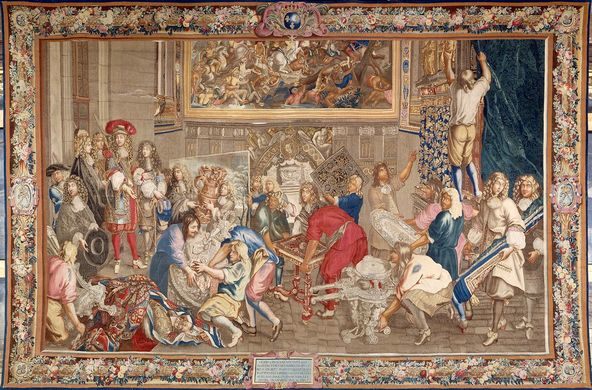
Gobelin Tapestry depicting King Louis XIV visiting the factory
During the reign of Louis XIV, it was common for tapestries to exalt the monarch. Weavers were paid according to order type and complexity and craftsmen who created flesh tones and human figures typically commanded the highest salaries. The ending of the reign of Louis XIV in the 18th century gave way to themes that were more casual and more visually varied with the inclusion of new colors and innovative designs.
In 1694, Louis XIV’s financial problems resulted in the temporary closing of the factory. The works reopened three years later only to weave tapestries and remained the leading European tapestry supplier throughout most of the 18th century.
The factory was closed again during the Revolutionary period but was reopened by Napoleon and continued to evolve during the 15-year Bourbon Restoration that began in 1815. Production of Savonnerie carpets was moved to the Gobelins factory in 1826 and operations were consolidated under one roof.
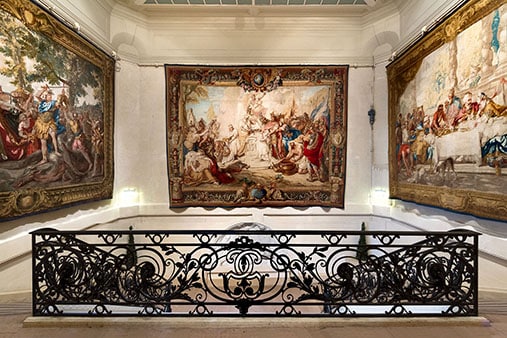
The Gobelins Factory in Paris
The Gobelin Tapestry in the Modern Era
The Gobelins factory continued to make significant strides during the Era of Modern Art that began in 1850 and that continued for nearly a century after that. The factory suffered a setback in 1871, when supporters of the ill-fated Paris Commune burned down several of the workshops at Gobelins. In 1912, the French architect Jean-Camille Formige (1845-1926) designed and built a replacement structure on avenue des Gobelins.
During the early 1900’s, abstract art and Surrealism began to dominate the modern art movement. The shift in aesthetic perspective was reflected in the new designs that were being created for Gobelins tapestries and Savonnerie rugs. The motifs that became part of modern French tapestries exerted a permanent influence on the designs that were later introduced by carpet workshops in other countries.
The present-day Gobelin tapestry factory is operated by the French Ministry of Culture and consists of four historic buildings that date back to the 17th century and the newer building that was built after the fire of 1871. The buildings house workshops that served as foundries for the bronze sculpture at Versailles Palace, as well as the looms where the distinctive Gobelins tapestries are still woven using techniques that were developed in the 1600’s. The tapestry works and its associated Gobelins Museum are located at 42 avenue des Gobelins in Paris.
While not Gobelin per se, view some beautiful pieces from our collection to satisfy the tapestry lover in you:
Learn about: Learn How To Hang A Tapestry Or Rug On The Wall | What Are Historical Tapestries? | Historical Biblical Tapestries | Kesi: The History of the Chinese Tapestry | History of the Bayeux Tapestry | William Baumgarten & The Aubusson Tapestries | History of the Beauvais Tapestries | Barberini Tapestries Reborn from the Ashes | Green Tapestries Vogue 2017 Home Decor | Alighiero Boetti Tapestries | What Are The Unicorn Tapestries?
This art blog about the history of Gobelin tapestry making was published by Nazmiyal Antique Rug Gallery in NYC.

